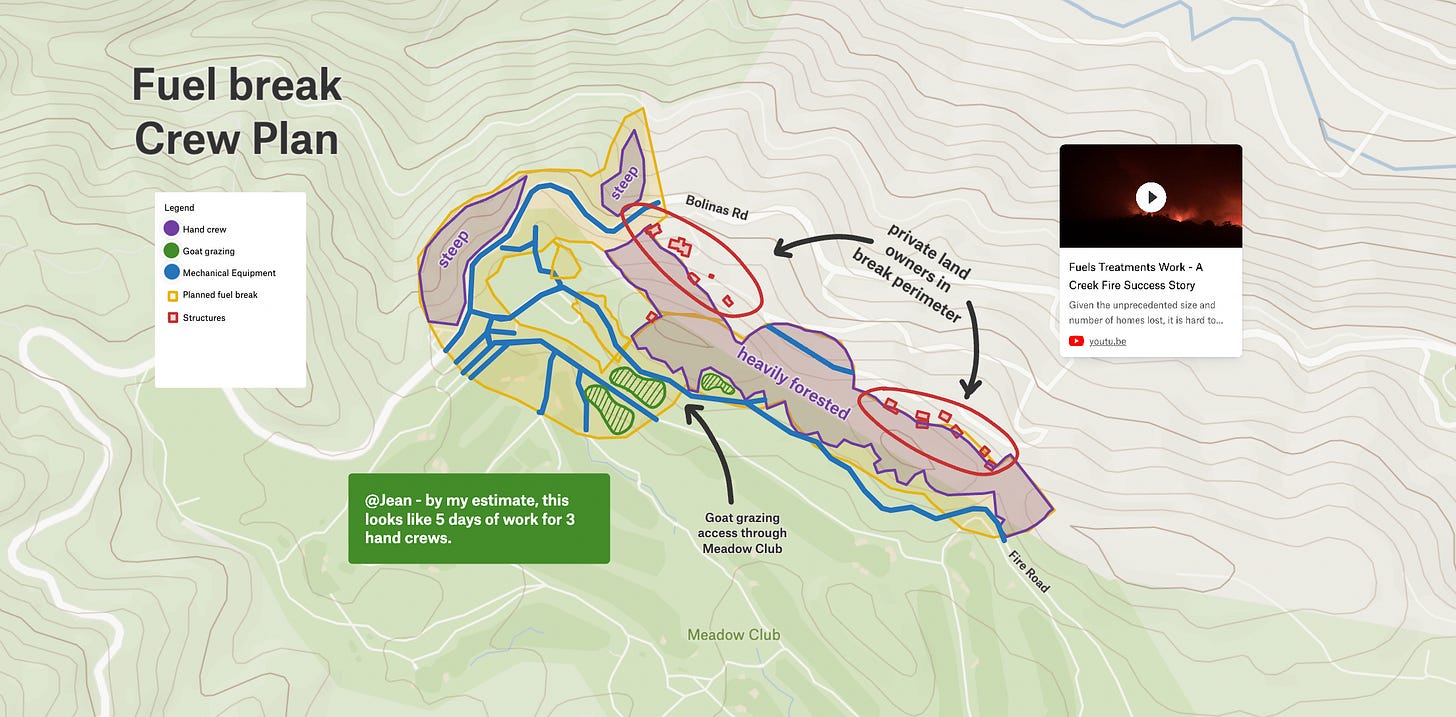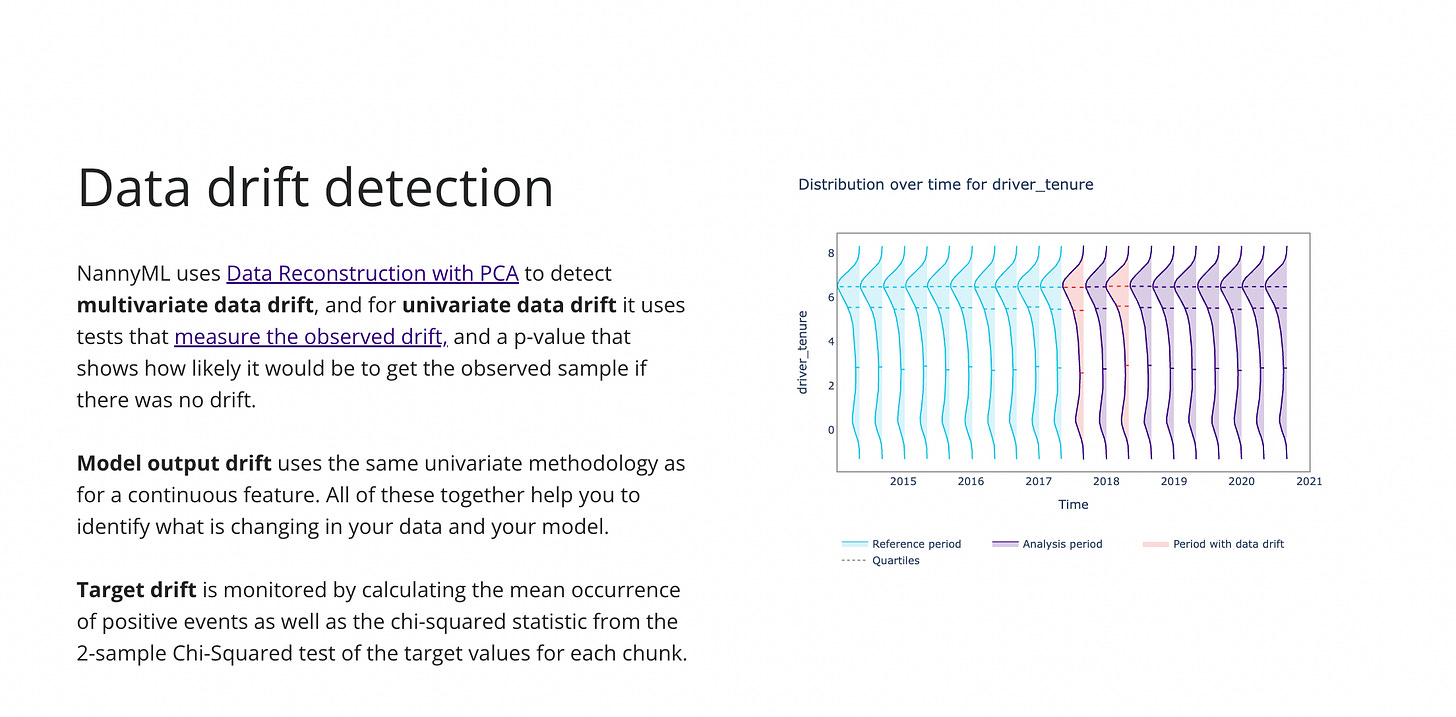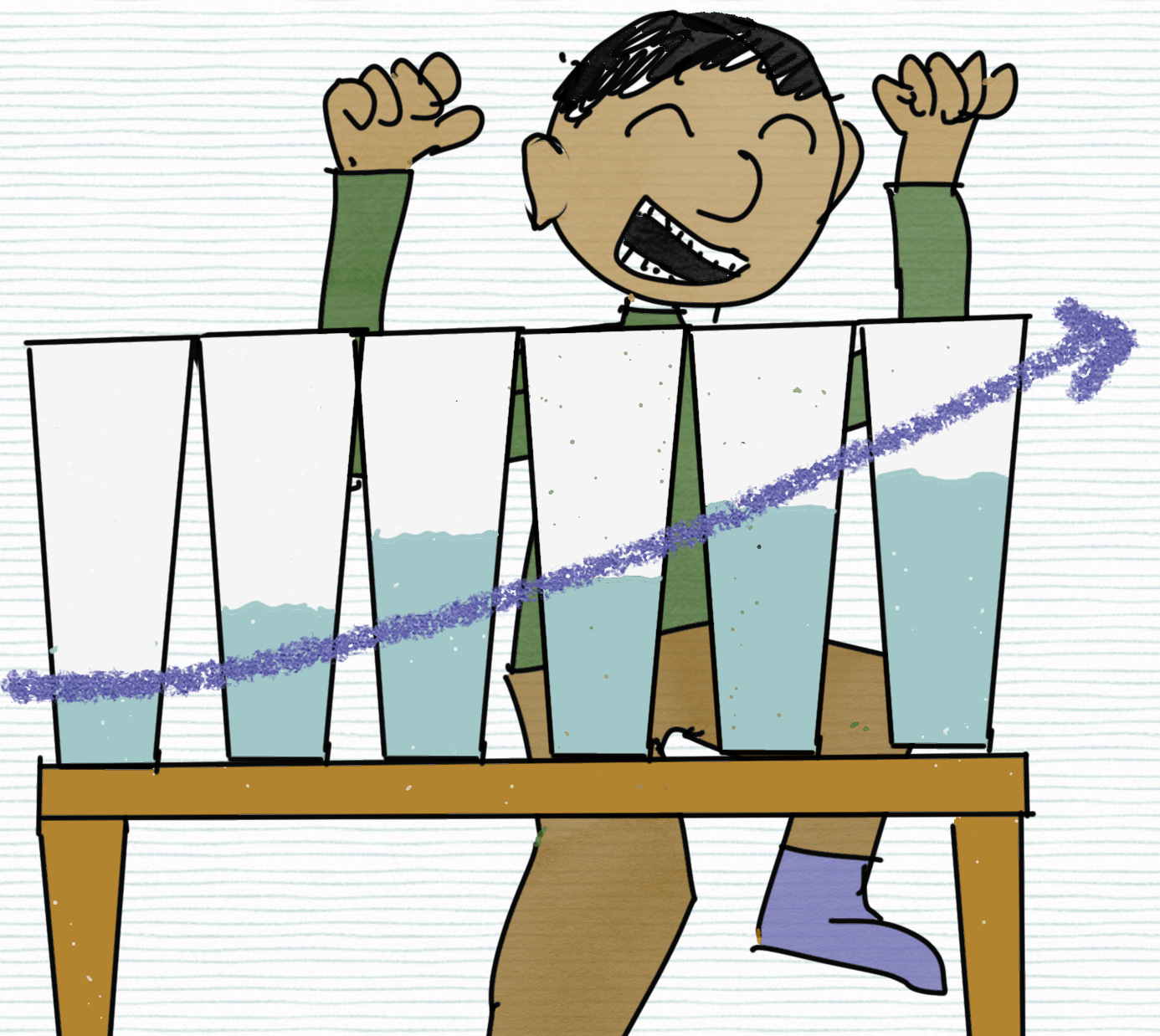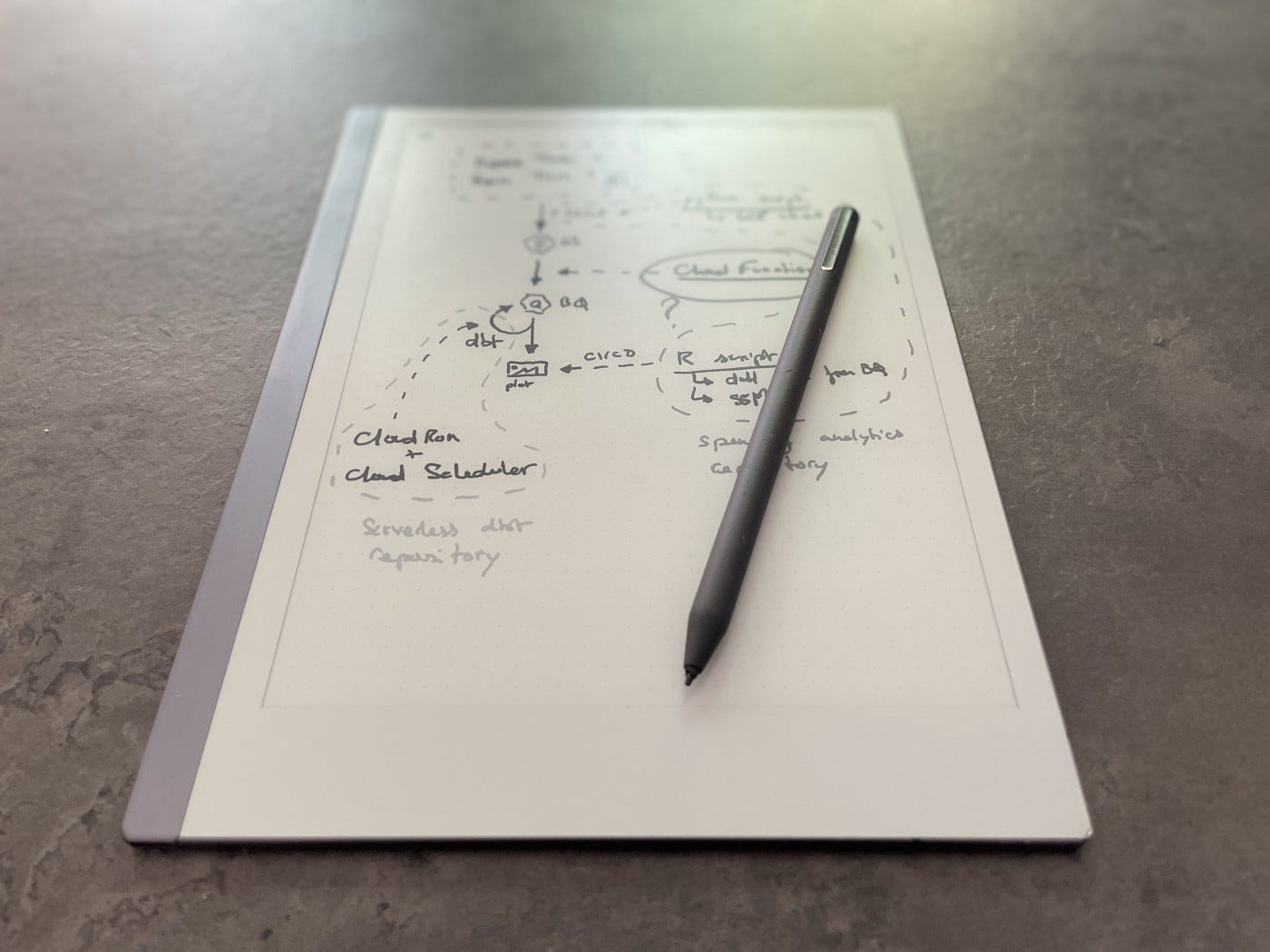Issue 17 - Asynchronous Work
One cocktail: the Americano 🍸
It’s 3 PM and you just go out of a one-hour meeting with more than 25 people in the room. You probably have that feeling that it could have been only a 10 minutes event or better: a note via email, summarizing the main points and linking to in-depth content here and there.
But in fact, it was 25 cumulated hours of work almost wasted. One day of direct brain availability messes up. In one hour.
Communication is widely done through synchronized events between people—either one-to-one discussions or presentations.
Still, that way of communicating requires direct synchronized brain power. That’s why we often say that meetings are the most expensive tool your company has, that we should use them properly.
Whenever you’re in a meeting with more than five people, think about the available brain power spoiled.
Most meetings can be replaced by proper documentation, well-written emails, or messages. At least, it’s more optimal to restrict the number of folks in the meeting and send a note afterward to a larger audience.
We should design our synchronized events really well1 and more important: work asynchronously as much as possible.
📡 Expected Contents
Do you carto easy
Don’t know about you I always lack a tool to prepare my trip on a proper map. Sure there is Google Maps. But it’s actually quite limited when you want to make custom paths, outline specific locations, add notes, etc…
I recently discovered Felt - a simple online tool to create custom maps. Maps aesthetics are well crafted and there are several features to play with. I tried it out to plan my next trip down to the South of France soon - I encourage you to try it out for anything related to cartography.
Things you should know about databases
During my studies, I briefly learned about databases. My first data professional experience was supported by cloud stack (GCP) on an analytics database and so when I came out to a job where I have to deal with and design some transactional databases I had to learn the hard way about indexes, sorted keys, query plans, etc…
The following blog post is quite useful if you want a fresher on databases and the base principles behind them. I would have liked to have it on hand back when I struggled with creating a transactional database.
nannyML
I recently worked on concept drift and machine learning monitoring at work. I started with some theory before doing some in-house routines to help trace feature drift and improve our alerting. I didn’t know about any library doing this in depth.
It’s the case today, with the python package “nannyML”. It comes with performance estimation and monitoring, data drift detection and intelligent alerting.
They have a great “How it works” session in the documentation that goes through data reconstruction with PCA, Confidence-based Performance Estimation, etc… really interesting and well written 👏
Definitely something to keep in your data-science toolbox!
The Optimetricist
Stephen Bailey recently came up with such a great post on what’s our attitude toward the way we see data as proxies of reality.
People who want numbers to mean something are optimetricists. Like the optimist who puts a hopeful and positive spin on every situation, the optimetricist has never encountered a number they can’t explain.
The most extreme optimetricist believes that this data, this number in front of them right now, represents the best numeric representation of the world, across all possible numeric representations of the world.
The optimetricist can look like a fool. Even if some models are useful, they are all wrong. So what should we call someone who puts faith in a model? At a minimum, they are wrong. In the worst case, they are wrong and useless.
But sometimes being simple and foolish is the best way to get a whole bunch of people rallied around a common goal, to stay in line, to create something new. Sometimes, the most effective leader is the one who can boil a dynamic and complex whole into a few simple and persistent parts.
It’s part one of a three series - I can’t wait to read the coming posts.
📰 The Blog Post
No blog post this time, but a cocktail recommendation: the Americano 🍸.
Composed of Campari, sweet vermouth, and club soda (sparkling water) it’s quite fresh as it’s an "on the rocks” drink.
A perfect long drink for summer and apero time 👌.
🎨 Beyond The Bracket
I recently visited the Chateau Monte-Cristo, named after one of the most successful novels by Alexandre Dumas.
Beyond the writer’s house, which is a great “small” castle with a beautiful garden, the most interesting was the story of this illustrious man.
Looking at some of his writing in a newspaper, I was amazed by the quality of the prose, made of simple though well-chosen words. Something hard to find in today's contents.
He is well known for novels, theater plays, poetries, politics, and all sorts of writings. He was also a fine chef, writing and inventing new recipes. He has been added to the french Pantheon in 2002.
That kind of man inspires me a lot in the way he throve being a “generalist”. You’re not an expert when you touch a bit about everything. But you definitively make links to ideas that have no relationship at first sight.
Being curious, even toward thinner things, is something really critical to living a full-filled life. To grow our mental models of the world. To enjoy everything nature has to offer.
Generalists triumph in a specialized world, not because there are smarter than experts. But because they step outside and see systems from wider perspectives.
I had some jealous discussions regarding my Remarkable tablet after the release of my last blog post on How To Make Great Schema. So I wanted to share some thoughts on it.
Each time someone sees this tablet I feel their envy to buy one straight up. It’s in fact $350/400 so maybe out of budget2 for a tool that doesn’t have any web browser or apps like modern tablets nowadays.
It’s all about writing, drawing, and reading. And that’s why I love that tool. I use it daily for my note-taking. Also to sign PDFs, make some custom schemas, or plan my future house furniture positions…
It’s also a big reading tablet - great to read long posts downloaded from the Internet. As it’s made of a full e-ink screen, it doesn’t tire my eyes like computer or smartphone screens.
Definitely not for everyone but I will definitely buy one today knowing how much it’s useful for me!
I will see if anything to share or not in September, going on vacation for almost all of August ☀️.
Prepare your meeting ahead of time, make short and straightforward slide decks, put a well-crafted event description, think about the questions people would ask, etc…
For me, the price was not an issue as I took advantage of the early release back when it was a Kickstarter project…










Co-founder of NannyML here! Great read, and thanks for the mention =)!